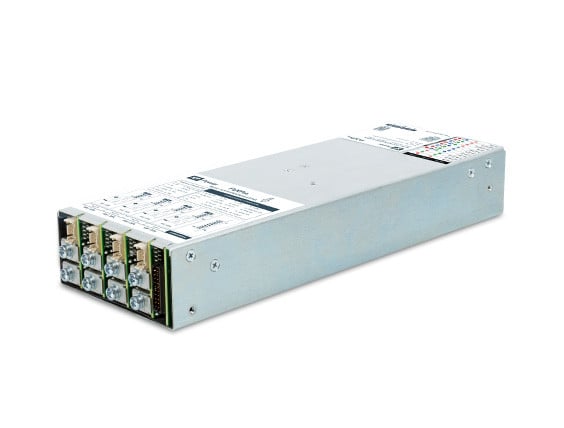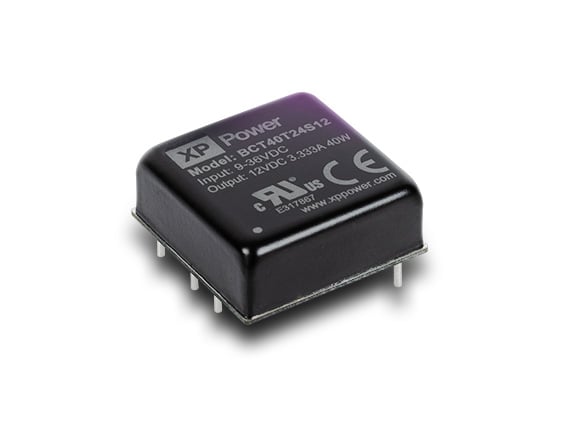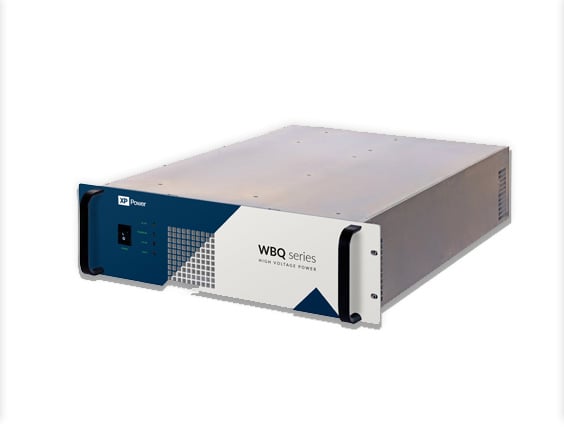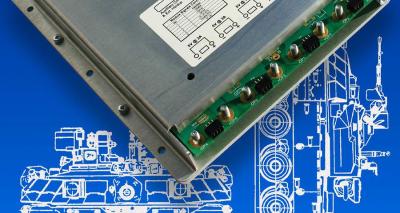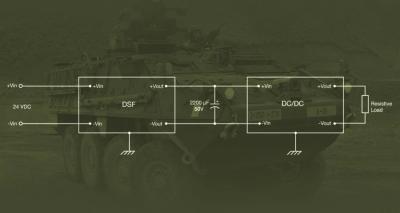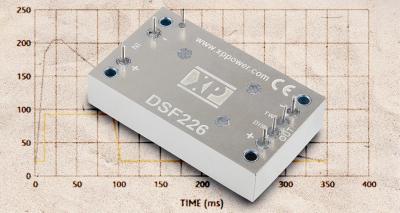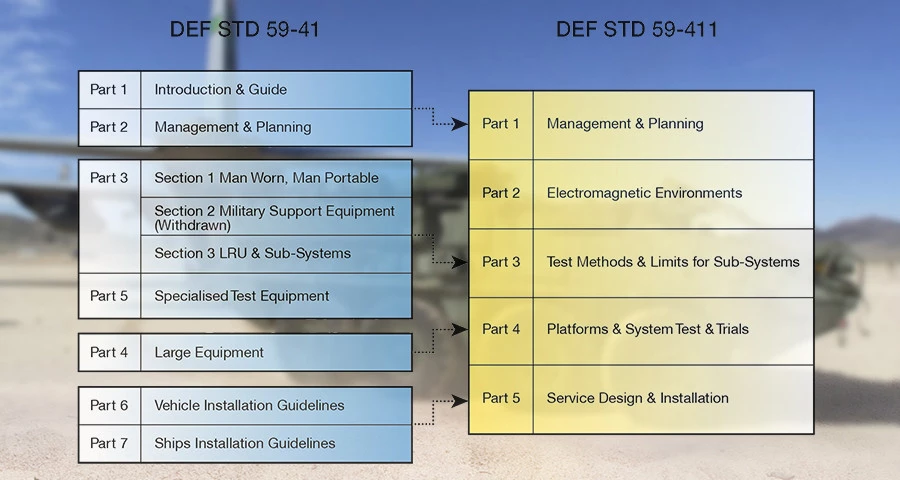
DEF STD 59-411
DEF STD 59-411 was issued by the UK Ministry of Defence in 2007 for land, sea and air equipment. It replaced DEF STD 59-41 and other EMC related Defence Standards. DEF-STD 59-411 is organised into 5 sections and the tables below show how it differs from the previous standard: -
It should be recognised that DEF STD 59-411 is not a safety standard, but controlling conducted & radiated emissions and robust performance regarding susceptibility are important aspects of managing a safe system.
Commercial Off The Shelf (COTS)
The part of the standard which we will be concerning ourselves is Part 3: Test Methods and Limits for Sub Systems. This is the area of the standard of most concern to design engineers working with Commercial Off The Shelf (COTS) products within their end equipment.
Looking at the detail, there are three classifications of equipment to be considered when testing to meet this standard: -
Type 1 - Equipment containing electronic components
Type 2 - Motors, generators and Electromechanical
Type 3 - Relays, Solenoids and Transformers
The type of equipment determines the tests required. All electronic equipment referred to in type 1 must comply with both emissions and susceptibility testing. However, if the electronic equipment is not connected to conductive cables then it will only need radiated emissions and susceptibility testing.
Land, Sea and Air
There are separate limits for Land, Sea and Air applications but the area we would like to focus on here is the land class limits, what these are and the testing required to meet these limits.
Land class limits are split into four categories according to the equipment’s potential to suffer from electromagnetic interference. We will look at each of these in turn and how the distance between the equipment and the nearest antenna affects the requirements.
Land Class A – This category presents the most challenges as the equipment must operate within 2m of the nearest antenna and this distance cannot be increased. The most common types of equipment that this would apply are portable devices and equipment installed on the exterior of any vehicle which bears an RF antenna.
Land Class B – This applies to equipment operating between 2m and 15m from the antenna. However, it can also be applied to vehicles not fitted with a radio that are close to the antenna, or another vehicle fitted with a radio, but can be moved away.
Land Class C – This category applies to equipment operated between 15-100m from the nearest antenna.
Land Class D – This category applies to equipment operated over 100m from the nearest antenna and covers commercial equipment and could be exempt from testing if it already complies with the EMC directive.
It is important that the test set up is correct to make sure the measurements are accurate to meet this standard. Below is the set-up which must be within a screened room to achieve accurate results
The greatest confusion is usually between Land Class A and B where engineers will often opt for the class A when class B would be sufficient for their application.
This complicates the design process and increases cost as the limits for land class A are very stringent and require additional components and more complex construction. The graph below shows the limits for conducted emissions for the four land classes in greater detail:
As can be seen, the conducted emissions limits for land class A is 0 dBuA at frequencies above 2 MHz requiring significant attention to the power supply design electrically and regarding filtering, screening & construction.
XP Power has a proven track record of designing power supplies to comply with the most stringent land class limits and working closely with our customers to ensure that the end equipment achieves the desired result using our pre-compliance test facilities.
Below is an example of a 160W baseplate cooled DC-DC converter for a 28V input vehicle application is compliant with DEF STD59-411 land class A in addition to MIL-STD-461, MIL-STD-1275A, DEF STD 61-5, Part 6, Issue 6 and MIL-STD-810.
